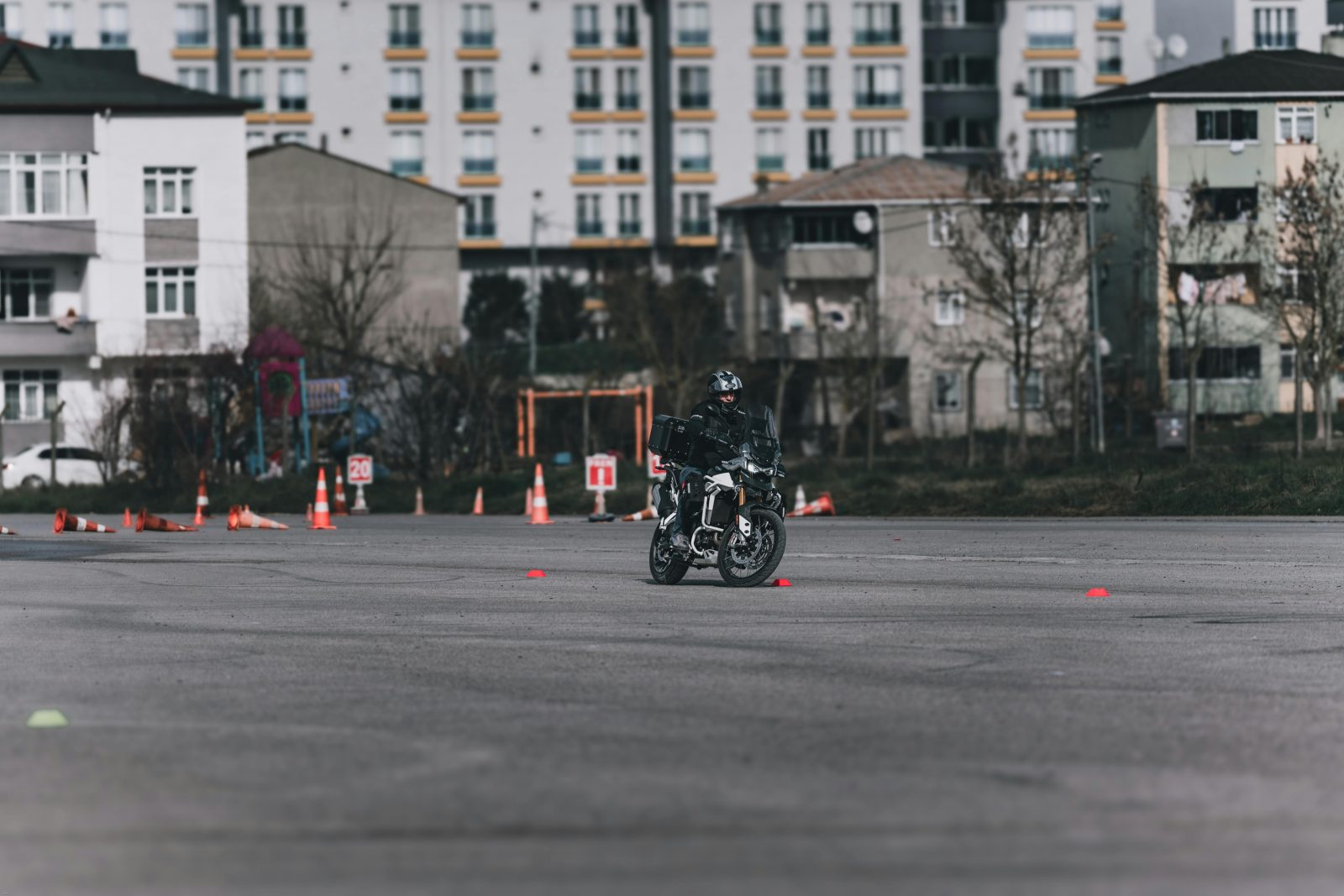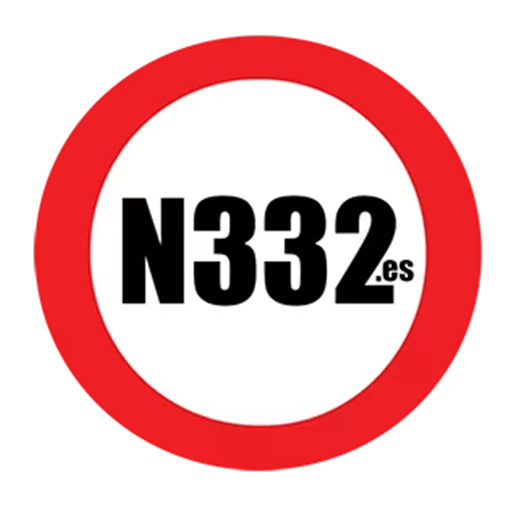In July, the new regulations for obtaining the class “A” motorcycle licence in Span been in force, with important new features.
According to DGT statistics, motorcycles in Spain are only represent 19% of the total number of vehicles and only 3% of road trips are made with them, however, due to their vulnerability and, in some cases, bad behaviour, they are the protagonists of the 27% of deaths in traffic accidents, which means that 1 in 4 people who died was a motorcyclist. This percentage is undoubtedly very high considering what they represent within the Spanish vehicle fleet.
The latest DGT statistics do not end here, as they also report that 3 out of 4 fatal accidents involve large-displacement motorcycles (over 500 cc) with half of the cases being caused by leaving the road, with no other vehicles involved, most of which occurred on secondary roads.
That is entirely the reason that the DGT has put the focus on large-displacement motorcycles, those that according to current regulations can only be driven if the driver has an A licence. There have been increased monitoring and checking of motorbikes by the traffic police during summer weekends, and now, special emphasis on the requirements to obtain a licence in the first place, with more education and testing before being let loose on the road.




Requirements to obtain a motorcycle licence
To obtain the A licence, two years have had to pass since you obtained the previous licence, the A2, and therefore it is assumed that you have sufficient skill to perform the tests on a closed circuit. In this way, from now on, the open road driving with four hours of training, subtracting hours from the circuit to remain at two hours of training and, in addition, three hours of theoretical knowledge.
Because most accidents occur on conventional roads, of those four hours of open road training Two hours have to be done on this type of roads.
Until now, when you did road training, the driving instructor followed you in the car. That’s over. The driving instructor will also have to follow you on a motorcycle. and in a group of no more than three people. In circuit formations, the group may be limited to a maximum of five people. Communication in both cases will continue to be via an approved intercom.
In relation to the above perhaps comes the great novelty, and that is that both teachers and students will have to mandatory use of an airbag vest in open road training (recommended but not required for circuit training) and, very importantly, it will be the driving school that will have these vests available. and will therefore provide them to their students. In addition, they will have to use a garment or vest that is reflective and identify them as trainees. In addition to this, and as was already mandatory, the trainee will have to complete the training with approved equipment, namely: a full-face or modular helmet, gloves, ankle-protecting boots, and a jacket and pants with protective gear.
As far as theoretical training is concerned, it will now be necessary to have knowledge about the ARAS driver assistance systems, ARAS, or Advanced Rider Assistance Systems, are a suite of technologies designed to enhance motorcycle safety and riding experience. They are inspired by automotive ADAS (Advanced Driver Assistance Systems) but adapted for the unique dynamics of motorcycles. ARAS systems use sensors, like radar, to monitor the motorcycle’s surroundings and provide riders with warnings or even intervene to prevent or mitigate potential collisions
Content on new forms of mobility related to electric motorcycles is also added.
Finally, it should be noted that these new features also include the possibility of carry out theoretical training online if the student prefers.
Discover more from N332.es - Driving In Spain
Subscribe to get the latest posts sent to your email.

You must be logged in to post a comment.